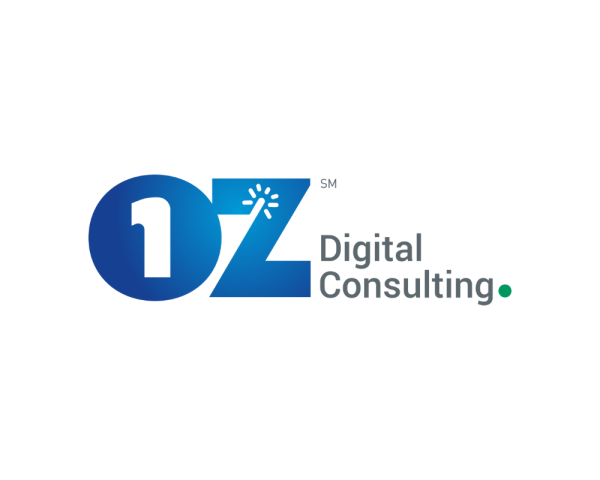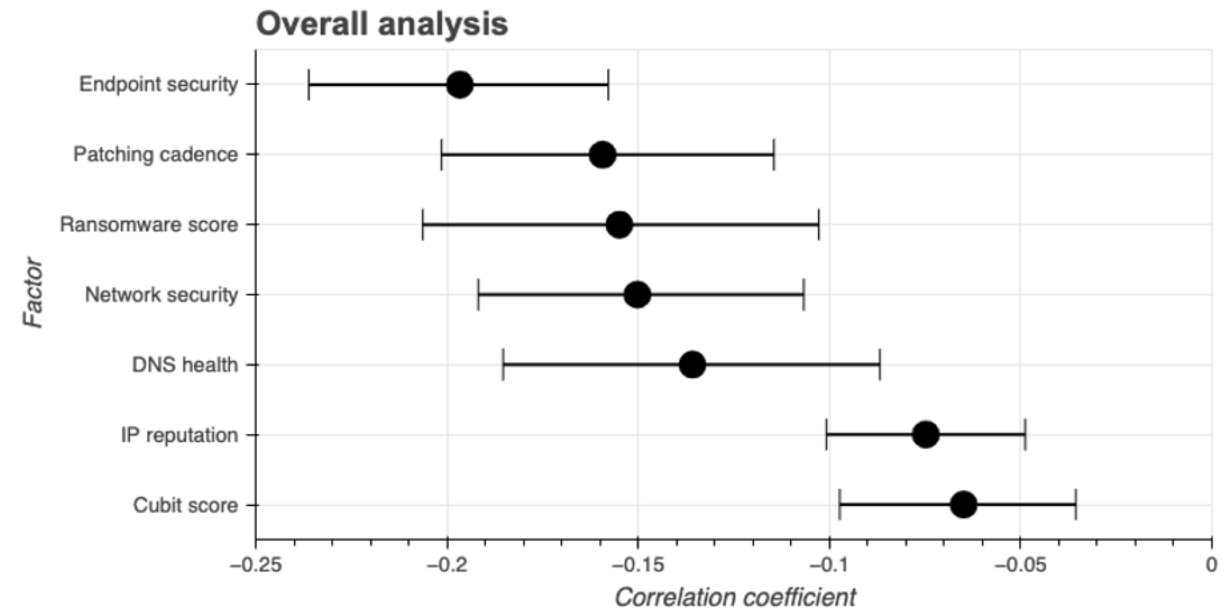KEY TAKEAWAYS:
--Custom health plans allow employers to choose the vendors that build up their health plans, such as the administrator, claims manager, pharmacy benefit manager and reinsurer. By contrast, in the retail model, all of these vendors are prepackaged.
--When these components of a health plan are shopped competitively, premiums can be reduced substantially, and employees can share in these savings in the form of reduced deductibles, copays and out-of-pocket costs.
--With a custom plan, businesses only pay for the healthcare services that their employees actually use, meaning there is often money left at the end of the year that can be delegated to other business needs.
----------
The national uninsured rate for health in the U.S. reached an all-time low of 8% in 2022, according to the Congressional Research Service. People have put greater focus on their health since the COVID-19 pandemic, resulting in more employees participating in employer-sponsored health insurance plans.
Unfortunately, some employees who receive health insurance through an employer-sponsored plan may still be underinsured. A 2022 Commonwealth Fund Biennial Health Insurance Survey revealed that 23% of working-age adults were underinsured in 2022, meaning their coverage did not deliver affordable access to healthcare.
An economic downturn caused by the pandemic has restored attention to health insurance coverage as millions of people struggle to pay their bills. As a result of these economic stressors, more employers are shifting toward custom health plan solutions to reduce costs while improving benefits for employees.
Turbulent Times With Rising Premiums and Stagnant Wages
There are several reasons why so many working Americans remain underinsured, such as rising healthcare costs, public program cutbacks and erosion of employer-based insurance, as well as recessionary conditions.
Today, nearly half of all Americans receive their health coverage through employer-sponsored insurance. However, premiums for health insurance coverage are rising faster than many workers’ wages, causing employees concern about affordability.
A recent survey conducted by the Kaiser Family Foundation found that two in five adults who were enrolled in an employer-sponsored health insurance plan had difficulty affording healthcare or health insurance.
Rising healthcare costs are a primary driver in the increased cost of commercial health insurance. High-cost healthcare services, coupled with stagnant wages across many companies, have left many workers with concerning amounts of medical bills and debt.
Millions of Americans Struggle With Medical Bills or Debt
An estimated 41%, or around 100 million adults, currently have healthcare debt, ranging from $500 (16%) to $10,000 or more (12%), according to a Kaiser Family Foundation report.
Adults who are underinsured face some of the highest medical bill problems. A Commonwealth Fund survey found that 51% of underinsured adults have difficulty paying their medical bills or reported that they are currently paying off medical debt.
The survey also found that adults who were paying off their medical bills over time and had high deductibles or were underinsured had the largest debt loads.
See also: Employee Wellness Plans' Code of Conduct
Fearing Debt, More Americans Work Through Illness or Health Issues
Research has proven time and time again that there is a direct link between employee health and productivity. Employees who are mentally, physically, financially and socially healthy are more likely to do their best work compared with employees who are struggling in one or more of these areas.
According to the Centers for Disease Control and Prevention (CDC), the indirect costs of poor health, such as absenteeism, reduced work and disability, are often several times higher than direct medical costs. In addition, productivity losses due to family or personal health issues cost employers in the U.S. approximately $1,685 per employee each year, or about $225.8 billion annually.
Many employees are also concerned about accumulating more debt. To prevent more financial struggles, many Americans choose to continue working, even while experiencing illnesses or other health problems. In turn, employees feel unhappy, unmotivated and unable to perform at a satisfactory level in the workplace.
Design an Employee Benefits Package That Protects Your Employees
Designing a comprehensive and affordable benefits package can help employers meet the unique needs of their employees, while also using their budget effectively and creating a competitive offering that appeals to job candidates.
As costs on the retail health insurance market continue to rise, employers are looking for opportunities to lower their healthcare costs while making sure that no employees are underinsured. One alternative arrangement that is quickly gaining popularity across the nation is custom health plans.
Custom health plans allow employers to choose the vendors that build up their health plans, such as the administrator, claims manager, pharmacy benefit manager and reinsurer. By contrast, in the retail model, all of these vendors are prepackaged. When these components of a health plan are shopped competitively, premiums can be reduced substantially, and employees can share in these savings in the form of reduced deductibles, copays, and out-of-pocket costs.
How Custom Health Plans Make Coverage More Affordable
Businesses are always on the lookout for new ways to make healthcare coverage more affordable without hurting the health of their workforce. A custom health plan is one strategy that can save companies money without sacrificing employee health.
Custom health insurance plans tend to be more flexible than retail plans. They provide companies with the opportunity to more effectively tailor their healthcare plans to meet the unique needs of their employees and the business.
With a custom plan, businesses only pay for the healthcare services that their employees actually use, meaning there is often money left at the end of the year that can be delegated to other business needs.
Custom health insurance plans allow employees to still get the benefit of a wide network of healthcare providers, including hospitals, doctors and specialists. In fact, custom health plans are often built on the nation’s largest networks, like the Blues, United, Cigna, Aetna and Humana.
See also: Huge Opportunity in Disability Insurance
Make Sure Your Employees Are Covered With a Comprehensive Benefits Plan
Designing an employee benefits plan to retain employees and increase productivity can be complicated. However, creating a benefits plan that allows employees to gain access to affordable and comprehensive medical insurance is essential to stay competitive and give back to your hardworking workforce.
As the problem of underinsurance continues, it’s important for employers to develop plans that not only insure their employees but also sufficiently cover them in terms of out-of-pocket costs.
























